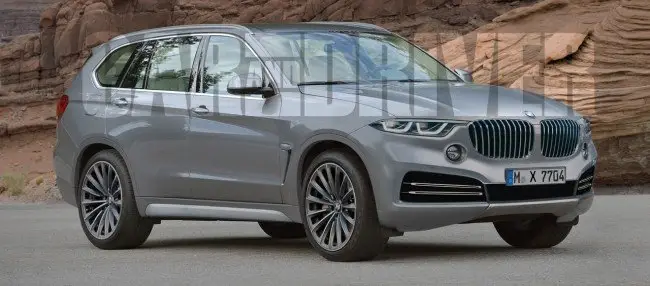BMW electric SUV 7-seater: As of right now, BMW electric SUV 7-seater lacks a full-sized SUV that can seat seven people, but the forthcoming X7 aims to change that. This is an artist’s rendering of what the future BMW X7 SUV might look like. Compared to the X5, it will be much larger and have a fully functional third row. The third-row seats on the current X5 are so small that they are only fit for young children and take up much of the cargo space behind the second-row seats.
For the past fifteen years, there have been rumors about a seven-seater BMW, but the company has never had the guts to create a car that is so at odds with its basic principles. (At least it’s on top of a platform built on RWD.) That being said, the market for medium-to-large SUVs—the target market for this new model—has expanded despite rising fuel prices, particularly in the United States. It will also be constructed at the BMW Spartanburg, South Carolina, assembly plant for the same reason that the Mercedes GL class of cars is.
The chassis will be heavily reinforced with high-strength steel and aluminium, and we estimate that it will weigh around the same as the current model X5. In terms of electronics and safety, it will share many features with its flagship model, the 7-series.
The X7 will be available in the United States with turbocharged inline-six and V-8 gasoline engines; plug-in hybrid and straight-six diesel versions are also possible. Though we doubt these extremes will reach our market, the BMW electric SUV 7-seater enormous and growing parts bin would enable the automaker to provide even more options. These might range from a turbocharged four-banger to an M variant. Every engine will be paired with an eight-speed automatic gearbox, and all-wheel drive will be standard.
